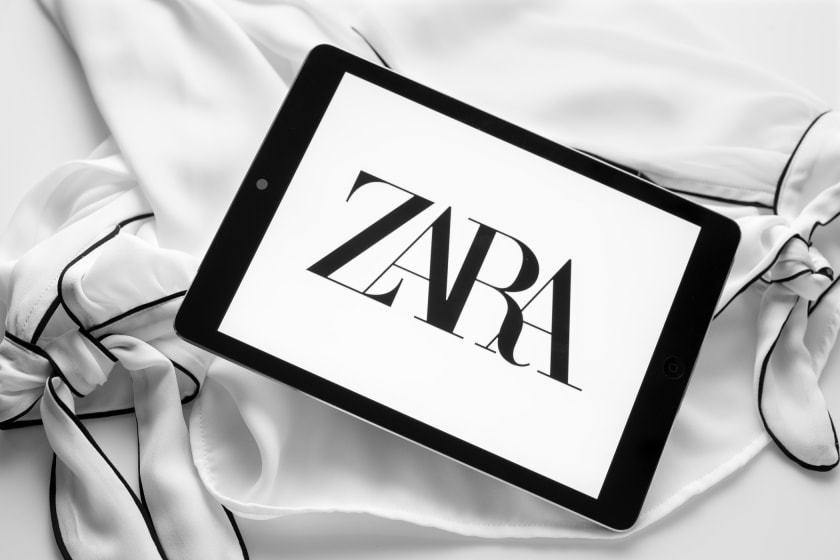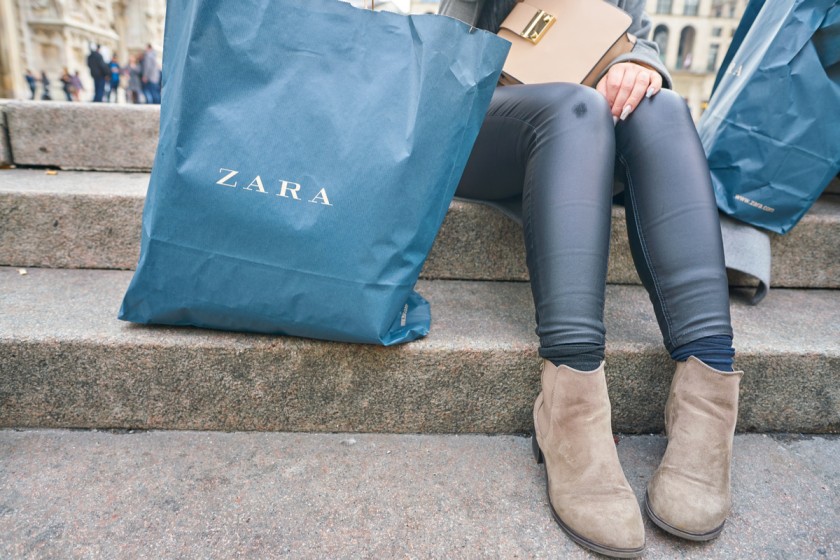Zara Marketing Case Study



Zara needs no introduction as it dominates the fashion world and is one of the most prominent international fashion brands. With more than 2000 stores in the upscale market, Zara caters to approximately 93 markets in the world’s urban communities. With these many stores, Zara manages to hit 18 billion Euros of surplus annually.
The renowned fashion brand has successfully maintained its central goal of delivering quick, elegant, and reasonable designs in the fashion industry. Zara’s approach of configuration dealing is firmly associated with the clients. This case study is all about Zara and how it became the phoenix of the fast-fashion world.
“Fashion is nothing but an emulation of any given example and meets the demand of social adaptation. The more the article becomes subject to rapid fashion changes, the more will be the demand for cheaper products of the same kind.”
- Georg Simmel, on ‘Fashion’ in 1904.
Zara’s History: Excerpts of a Long Tale
The first Zara store was launched by Amancio Ortega in 1975 in Central Street, Galicia, Spain. The first store stocked low-price look-alike designs of popular and rich-quality dress styles.
The store soon became a hit, and Ortega opened more Zara stores all around Spain. It was the 80s (1980) when Ortega had a change of plan. He began assembling and distributing cycles to decline the lead times and react to new patterns in a snappy and concise manner, what they popularly called ‘Moment Fashions.’
The same year, Ortega and his company took their first step toward international expansion. Their international entries were made through Porto, Portugal, in the 1990s and Mexico in 1992. This international expansion was the turning point for both Ortega and Zara. Ortega continued to grow with new brands like Bershka, Pull & Bear, and Oysho and acquired groups such as Stradivarius and Massimo Dutti. These brands have been the key contributors to the success of the parent group - Inditex. Zara still boasts of being the primary growth driver.
Zara - The Undisputed Fashion Brand: Customer-Driven Value Chain

For Product Line-Up:
Unlike the other chains of Inditex, Zara focuses on manufacturing and delivering fashion-sensitive products. Following the changing customer preferences, its latest designs stay in production continuously.
When several competitors were focused on creating only a few thousand store-keeping units (SKUs), Zara ensured producing hundreds of thousands of stock-keeping units in only a year. However, these SKUs varied largely depending on the fabric, size, and color.
Zara and its products are not dependent on the design experts. Rather, its designers cautiously observe the latest trends and try blending and implementing them for the market. The designer groups keep on creating variations in a specific season, leading to expansion to successful designs.
For Fast Supply Chain:
Zara ensures a flexible supply chain, which enables it to deliver new ranges to store outlets two times a week from its central distribution center, which is a 400,000 sq m facility situated in Arteixo, Spain. This is a type of business system called ‘vertical integration’ that Zara adapted to eliminate the need for local warehouses. Here, Zara’s marketing strategy was reducing the ‘bullwhip effect.’
Zara: Retailing Strategy

Instead of just enhancing manufacturing efficiency, Zara paid close attention to its retail strategy. It adopted the retailing strategy that would help it follow the fashion trends as quickly as possible, even if it involves some unmet demands.
Also, this helped Zara to create a FOMO for its products. However, the two significant components of Zara’s retailing strategy rely on its upstream operations: Stores and Merchandising.
Zara’s Anti-Marketing Approach
Zara successfully retained a profit of 13%, whereas its significant competitors like H&M have only 6% of profitability. Apart from the efficient supply chain management, it was possible due to the no-advertising or limited marketing policy that Zara follows.
This is what makes Zara one of a kind in the fashion industry. The brand spends only 0.3% of its budget on promotion and advertising. The typical trend in the fashion industry is to spend about 3.5% on marketing and promotion. The brand doesn’t believe in marketing as it saves them a lot of money and helps them with exclusivity.
Conclusion
Through this article, you’ll get valuable insights into the journey of Zara - one of the biggest international apparel brands. You’ll learn all about its history, retailing strategy, value chain, and more. Zara is the ideal case study for those who want to start their own apparel brand. Success is a ladder, and you have to take every step patiently and efficiently. However, if you’re planning to build something as colossal as Zara, you must source your clothing appropriately from the right manufacturer. For instance, top fashion brands trust the Fashinza platform to connect with clothing fabric manufacturers for their needs. Connect with Fashinza today!



















